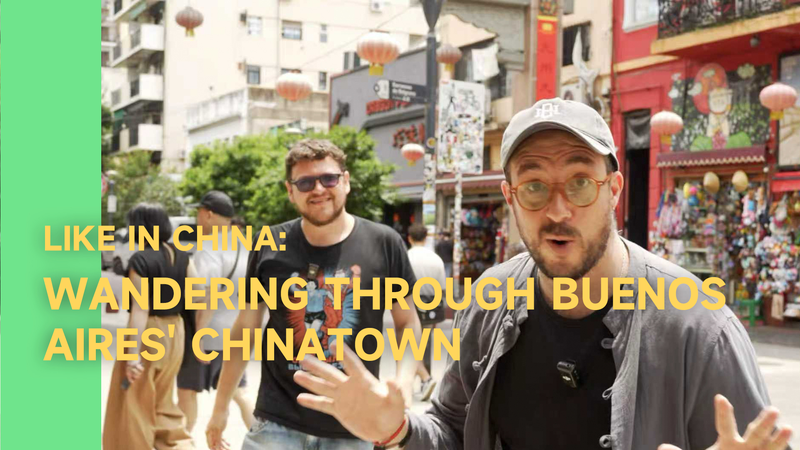When world leaders convened for the opening session of the 32nd APEC Economic Leaders’ Meeting titled "Building an Inclusive Open Asia-Pacific Economy for All," the message was loud and clear: growth must be shared, open, and inclusive. Chinese President Xi Jinping set the stage by calling for "open development where everyone shares opportunities and emerges as a winner," underscoring APEC’s founding mission to foster economic prosperity across the region.
Among the global audience tuning in from across G20 nations was Moraima Ordoñez, a Mexican student studying at Peking University. For Ordoñez, the speech was more than a policy roadmap—it was a call to action for the next generation. "Youth are the bridge to the future," she says, "and under the idea of inclusion, young people must play an active role through open channels of communication and participation."
Her perspective highlights a growing trend: today’s digitally savvy youths, from the Americas to Asia, see themselves not just as observers but as architects of tomorrow’s economy. With APEC accounting for roughly 60% of global GDP and nearly half of world trade, the stakes are high. For markets in Latin America, Southeast Asia, and beyond, deeper cooperation could unlock new tech partnerships, startup hubs, and sustainable trade routes.
Ordoñez points to initiatives like digital skill exchanges and joint research projects as tangible ways to operationalize Xi’s vision. "Imagine a network where a biotech startup in Monterrey collaborates seamlessly with a university lab in Hanoi," she says. "That’s the kind of global pathway we need."
As APEC heads toward sessions on digital transformation, green finance, and inclusive trade, voices like Ordoñez’s remind us that the future of economic integration depends on more than policies. It depends on the energy, creativity, and connectivity of young changemakers who see borders as bridges, not barriers.
Reference(s):
cgtn.com



